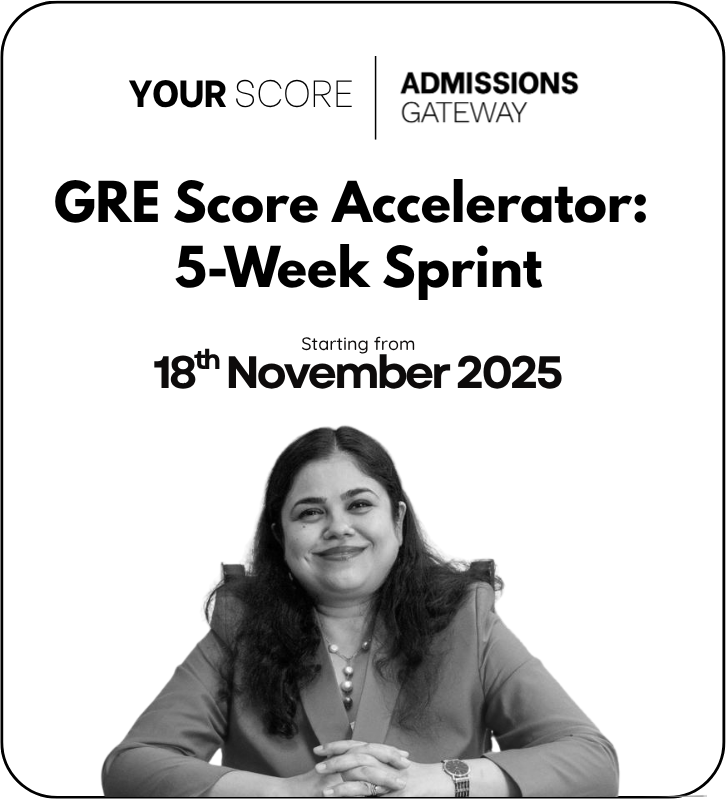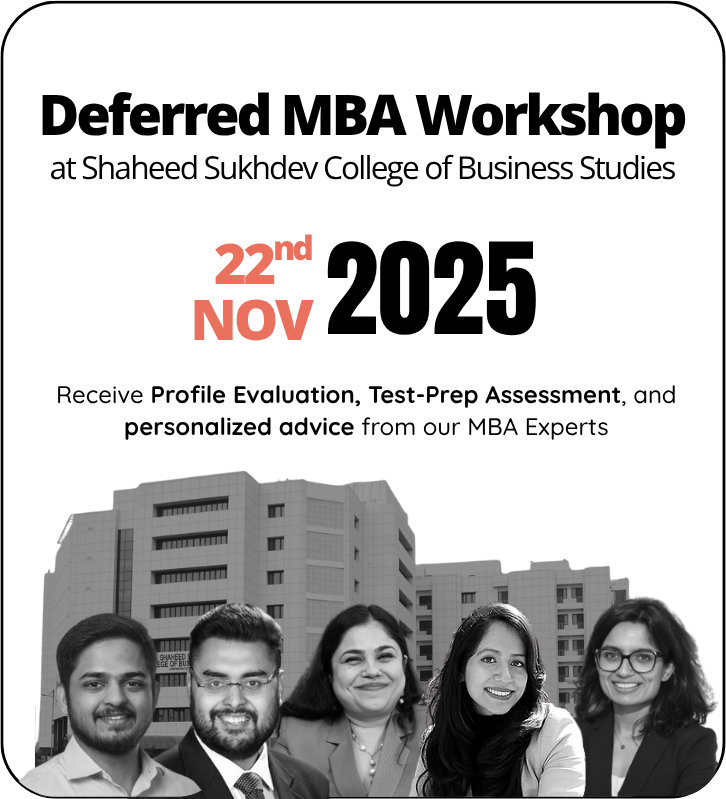The STAR framework (Situation, Task, Action, Result) is one of the simplest yet most powerful storytelling tools for MBA applicants. Though it may not be something most of us have consciously used before, in the MBA admissions world, it’s a core pillar that underpins great essays, standout resumes, and crisp interview answers.
What Is the STAR Method?
STAR helps you narrate professional or personal experiences in a clear, logical, and compelling way.
- S (Situation): What was the context?
- T (Task): What was your responsibility or goal?
- A (Action): What steps did you take?
- R (Result): What outcomes followed?
But there’s a hidden fifth component often missed: Learning or Takeaway. This final reflection shows how you’ve evolved and connects your story to the values or qualities MBA programs seek: self-awareness, leadership, and growth.
Why It Matters for MBA Applications
Top schools expect applicants to go beyond describing achievements. They want to see your thought process, interpersonal skills, and judgment under pressure, all of which emerge through STAR-structured stories.
- In Essays:
Certain essays, for instance, Kellogg’s “Kellogg leaders are primed to tackle challenges everywhere, from the boardroom to their neighborhoods. Describe a specific professional experience where you had to make a difficult decision. Reflecting on this experience, identify the values that guided your decision-making process and how it impacted your leadership style. (450 words)” require structured, experience-based responses. Using STAR helps you build essays that are concrete, evidence-driven, and emotionally resonant.
Further, it helps you organize any ‘impact story’ whether in a main essay, short-answer prompt, or even a resume bullet.
- In Interviews:
Many MBA interviews have behavioral questions section, meaning questions that start with prompts like “Tell me about a time when you…”. Using the STAR method here ensures your answer stays focused and outcome-driven while showcasing your role and reflection.
Breaking Down Each Component
- Situation – Set the Stage: Briefly outline the context and background. What was happening? Who was involved? What was at stake?
Admissions Gateway Tip: Keep this concise, just enough for the listener to understand the environment.
For Example: “During my second year at XYZ Bank, our product line was underperforming, and the leadership team wanted a turnaround within the quarter.” - Task – Define Your Role: What was your specific responsibility or goal?
Admissions Gateway Tip: Distinguish your role from the team’s.
Example: “As the product analyst, I was tasked with identifying revenue leakages and proposing actionable fixes within six weeks.” - Action – Show What You Did: Describe the steps you took and the decisions you made. This is the heart of your answer.
Admissions Gateway Tip: Focus on what you did, not what “we” did.
Example: “I conducted root-cause analysis across four client segments, collaborated with engineering to redesign the pricing dashboard, and secured buy-in from the sales team through workshops.” - Result – Quantify the Outcome: Demonstrate the impact of your actions.
Admissions Gateway Tip: Quantify whenever possible — percentages, revenue, timelines.
Example: “Within two months, revenue grew 15% and client renewals increased 20%.” - Learning / Takeaway – Close the Loop: Reflect on what you learned and how it shaped you.
Admissions Gateway Tip: The best candidates connect this back to their growth as leaders.
Example: “The experience taught me to communicate through influence, not authority — a lesson I continue to apply when leading cross-functional teams.”
Applying STAR in MBA Interviews
Behavioral interview questions often start with prompts such as:
- “Tell me about a time you led a team through a challenge.”
- “Describe a situation where you had to influence someone senior.”
- “Share a failure and what you learned.”
STAR helps you answer these with clarity and confidence. Here’s how we recommend you structure your response in 2–3 minutes:
- Start with context (S + T) – 30 seconds
- Walk through your actions (A) – 60 seconds
- End with results and learning (R + L) – 30-60 seconds
This rhythm keeps your answer tight, memorable, and well-balanced.
Admissions Gateway Tip 💡: For a detailed list of behavioral interview questions and how to prepare for them, check out our blog on “The Behavioral MBA Interview Questions.”
Example: Using STAR in Action
Question: “Tell me about a time when you led a team through a challenge.”
Answer (STAR format):
Situation: When I joined our product development team at FinEdge, we were missing every sprint deadline because of friction between engineering and design.
Task: As the product manager, my task was to align both teams and bring predictability back to the release cycle.
Action: I set up weekly alignment standups, mapped each sprint dependency, and co-created a shared goal tracker to improve accountability.
Result: Within eight weeks, we were shipping on time, and team satisfaction scores improved from 60% to 85%.
Learning: The experience taught me that transparency and structured communication can transform team morale.
BONUS 🎁
Here’s a cheatsheet to help you build answers in STAR format:
| STAR Component | Prompt / Guidance | Your Example |
| Situation | Briefly describe the context. Where and when did it happen? What was the challenge? | Ex: At XXXX, our farmer-financing portfolio company, the loan-processing workflow was slow and error-prone. |
| Task | What was your responsibility? What goal were you trying to achieve? | I was responsible for improving loan-processing efficiency and adoption of a new tech platform by the field team. |
| Action | What steps did you take? Highlight leadership, problem-solving, and decision-making skills. | I shadowed field officers, simplified forms, introduced auto summaries for managers, and ran low-code micro-pilots for faster adoption. |
| Result | What was the outcome of your actions? Include metrics or tangible improvements. | Adoption rates increased, errors dropped, and loan-processing cycle time improved, reducing operating costs by ~5%. |
| Learning | What did you learn from this experience? How will it shape future actions? | Through this experience, I learned the importance of combining hands-on observation with tech adoption, and how small iterations can accelerate team buy-in. |
Final Thoughts
The STAR method isn’t just a framework, it’s a mindset of structured reflection. Whether you’re writing essays, preparing for interviews, or fine-tuning your resume, it helps you communicate with clarity, authenticity, and evidence. In the MBA admissions process, clarity equals credibility. And STAR is your best route there.
If you’ve been invited to interview and need support navigating the preparation, reach out to us for mock interview support.



